Why You Should Try A Raised Garden Bed With A Trellis – Plus, Beautiful Design Ideas
Adding a trellis to your raised garden bed expands your growing space by leaps and bounds. Raise your raised bed to new heights!
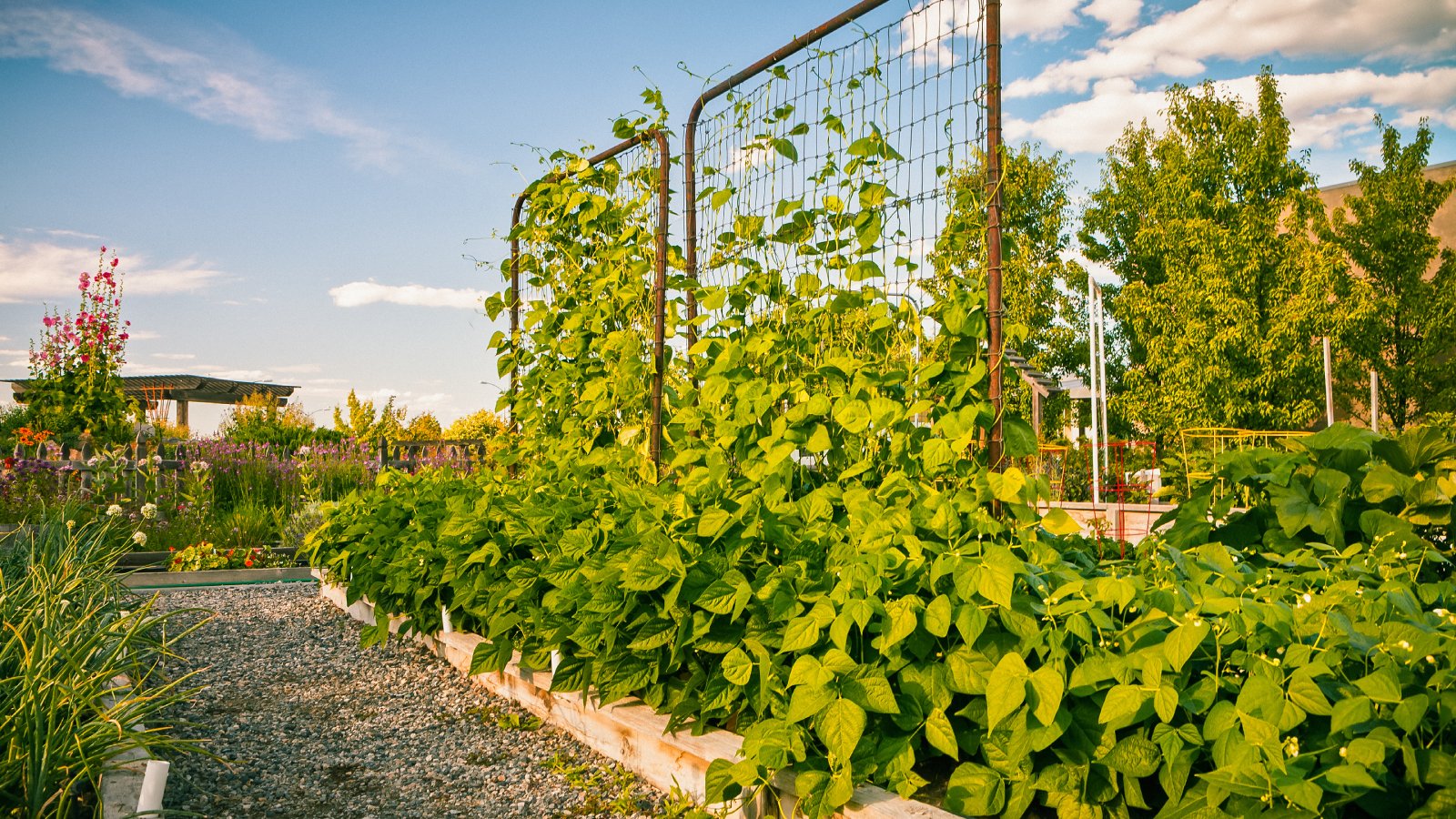
Creating raised garden beds with a trellis is a popular project with gardeners this year. Among the many benefits of having raised bed in the garden, maximizing space is frequently a priority. Having less garden space makes it important to make full use of what we have. A trellis in or part of a raised bed allows you to grow vertically as well as horizontally, effectively doubling your growing area. A trellis in a raised bed can be situated off to the side or centered. It may be made from a multitude of materials and can be small or large depending on space. You can even create planter boxes with a built-in trellis if space is at a premium.
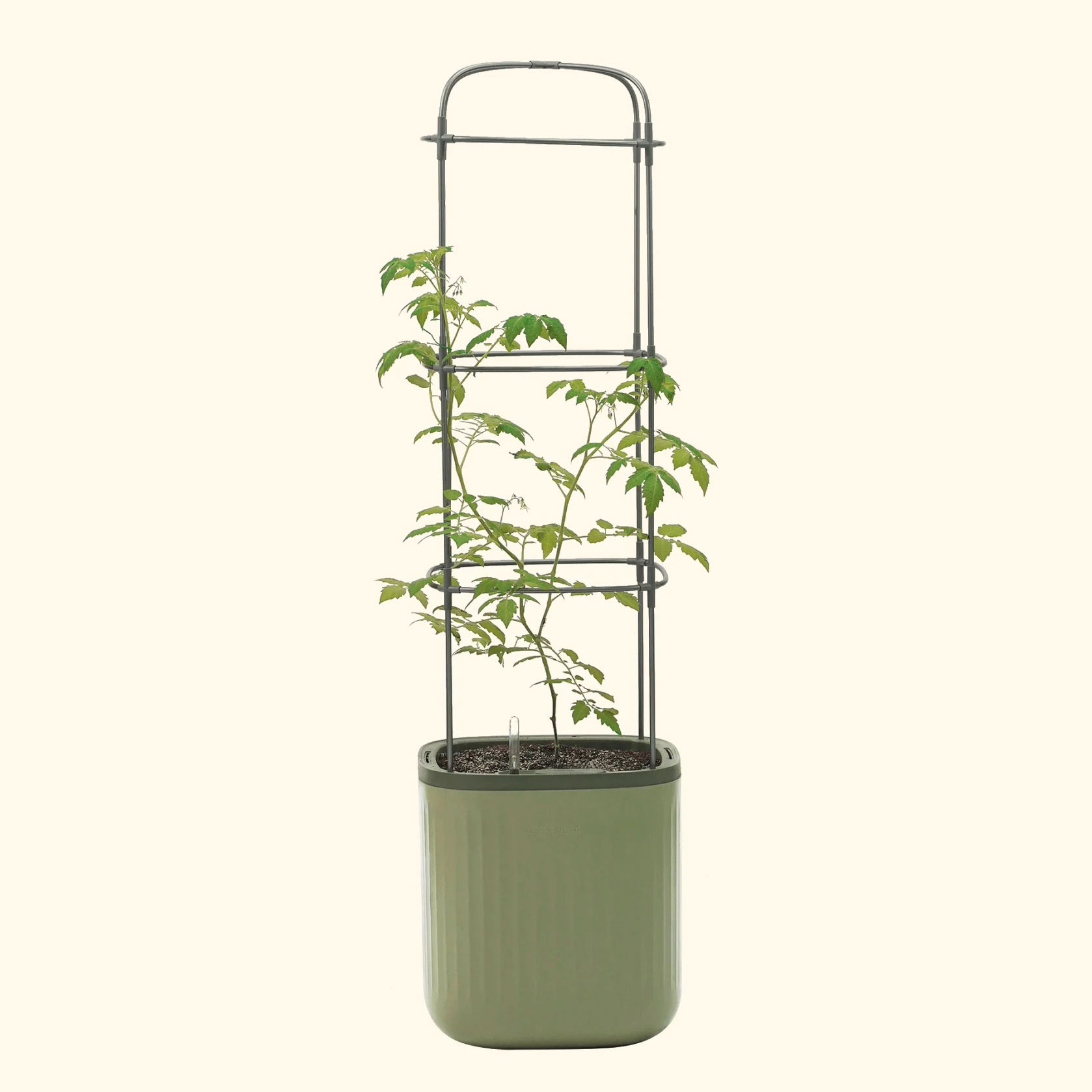
Looking for a trellis in a much smaller space? Try this self-watering tomato pot with a built-in trellis to keep your plants stable and portable.
Benefits of a Raised Garden Bed With Trellis
The benefits of raised beds are numerous. They’re more accessible, they warm soil earlier resulting in earlier harvests, they prevent soil compaction, have better drainage, fewer weeds, and provide more growing space per square foot than an average veggie garden, especially if you use a trellis.
So, how does a trellis help expand growing space in a raised bed? By encouraging plants to grow vertically. This lets you grow vining crops like peas, beans, squash, melons, cucumbers and indeterminate types of tomatoes, all of which would otherwise take up precious growing space in the bed.
The sky’s the limit when it comes to choosing a material for your trellis. It may be as free standing as using a tomato cage or some stakes and twine or more expensive using galvanized fencing, rebar, wood, chicken wire, or plastics like PVC piping.
Raised Bed Trellis Ideas
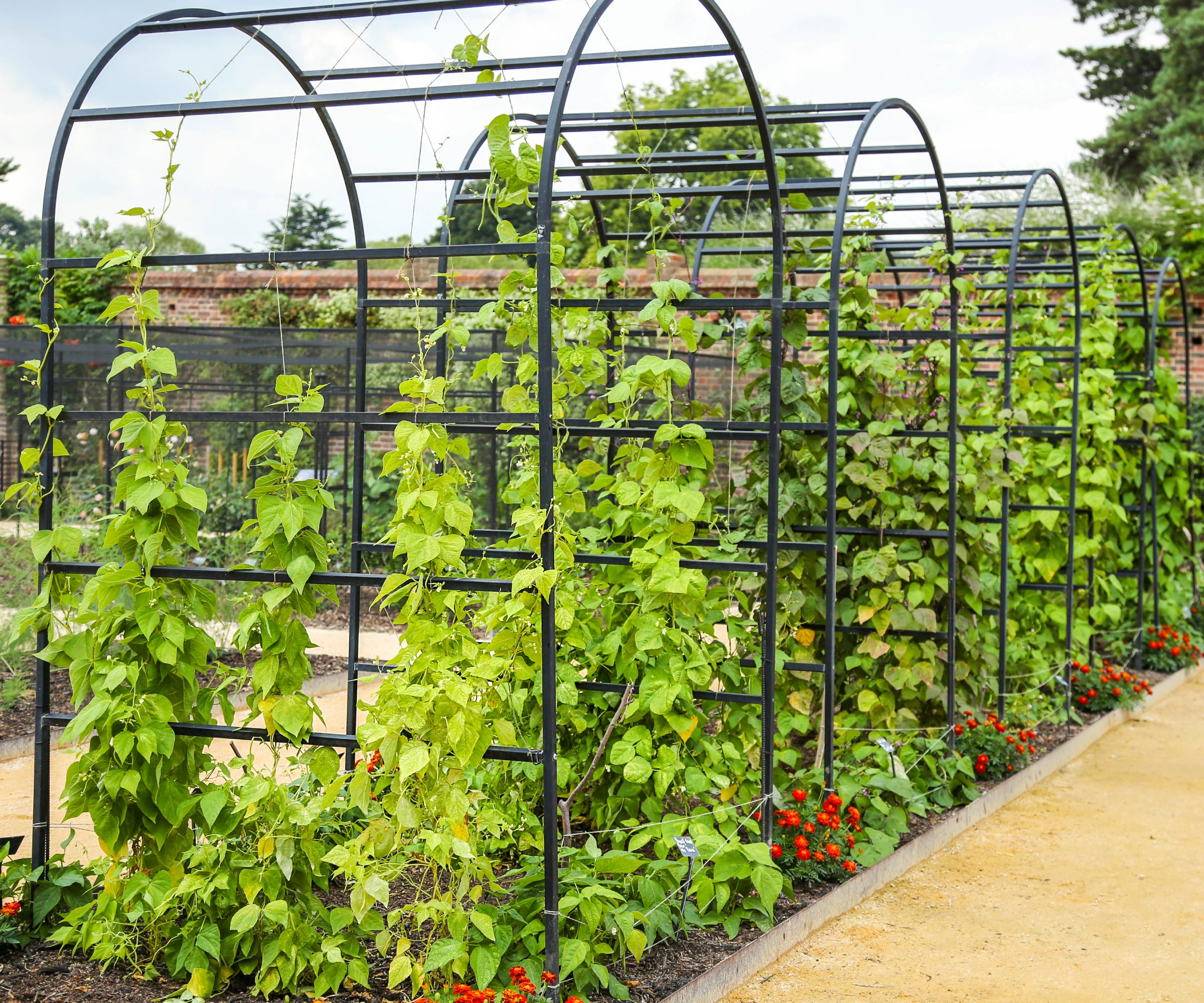
Before you jump into building a trellis for your raised bed, you need to make some decisions. First, what are you going to trellis? How heavy will this crop become? How much do you want to spend on materials? Where do you want to put this trellis? Do you want your structure long standing or just temporary? If you want it at one end, choose to build it on the north end to avoid shading nearby plants.
A trellis may be a frame-like structure sunk into the soil or a latticework cage supported by plastic or metal hoops. Frame trellises are good for sprawling crops like cucumbers while other vertical growers like beans, peas, and smaller squash varieties can clamber up a chain link fence abutting the raised bed.
Purchased or DIY tomato towers are terrific for climbing crops or use chicken wire, plastic mesh or string to create a latticework upon which the fruit can clamber. If you don't care if the structure is permanent, net mesh or string is easiest to disassemble at the end of the season by just snipping a few select strings.
Gardening tips, videos, info and more delivered right to your inbox!
Sign up for the Gardening Know How newsletter today and receive a free copy of our e-book "How to Grow Delicious Tomatoes".
Tips For Raised Bed Trellises

Remember you will always want to stabilize your trellis from winds and the weight of your produce. This may mean pounding metal or wood stakes deeply into the ground. Ideally, you will need a 6-foot (1.8 m) stake to support a 5-foot (1.5 m) trellis. If anything, overestimate the weight to determine the support your trellis will need. It isn’t pretty in the middle of the growing season when your gargantuan tomato takes the trellis down.
Use metal stakes or rebar for crops that are heavy or produce thick vines. You should have 5-6 feet (1.5-1.8 m) between each stake or at least 3 (.9 m) between wider trellises. Divide the width of the trellis by half and place a stake in the center.
If you have existing or will be making smaller planter boxes, all you may need is an abutting support like a fence or balcony railing and sturdy twine, but keep in mind this would be for lighter-weight vines and fruit. Another way to use planter boxes is to abut them against the house, garage, or outbuilding and then build a trellis up the structure using wire, wood or twine to allow crops like beans or snap peas to climb up.
Your trellis may resemble a couple of ladders or a rounded structure made of PVC piping. A great metal mesh to use is called “remesh.” It is a more affordable option compared to a slightly more expensive hog or cattle panel trellis, but still sturdy. It is made of steel and not galvanized however, so it will eventually get that rustic, rusty look, which I think actually plays beautifully into the feel of a garden.
This article features products available from third-party vendors on the Gardening Know How Shop.

Amy Grant has been gardening for 30 years and writing for 15. A professional chef and caterer, Amy's area of expertise is culinary gardening.
-
 How To Make A Bouquet Garni Or Herb Bundle For Cooking
How To Make A Bouquet Garni Or Herb Bundle For CookingIf you’re a great cook, you may have made an herb bundle before. If this is a new idea, learn how to add sparkle and interest to your dish with a bouquet garni.
By Amy Grant
-
 ‘Coral Charm’ Peony Care For Sublime Semi-Double Peonies With Lush Salmon Pink Flowers
‘Coral Charm’ Peony Care For Sublime Semi-Double Peonies With Lush Salmon Pink FlowersPeonies are known for their soft baby pink or magenta tones, but if plushy coral blooms are your thing, here’s our guide to the ultimate ‘Coral Charm’ peony care
By Tonya Barnett
-
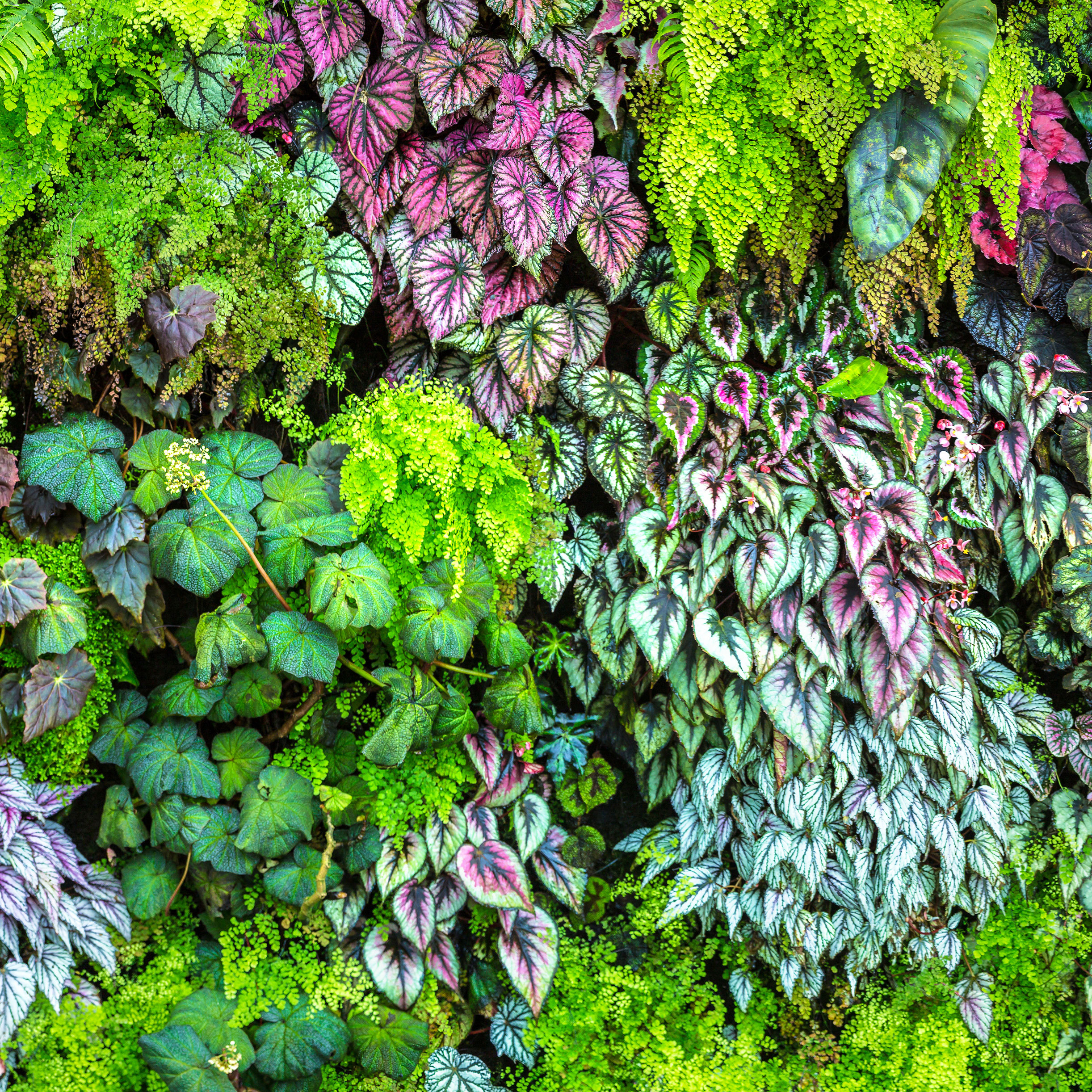 Easy Vertical Gardening Hacks For Beginners: Why You Should Grow Up, And 3 Ways To Do It!
Easy Vertical Gardening Hacks For Beginners: Why You Should Grow Up, And 3 Ways To Do It!If you’re short on space or keen to make the most of every inch, vertical gardening is the way to grow. We explain how to plan & plant up with three easy building methods
By Teo Spengler
-
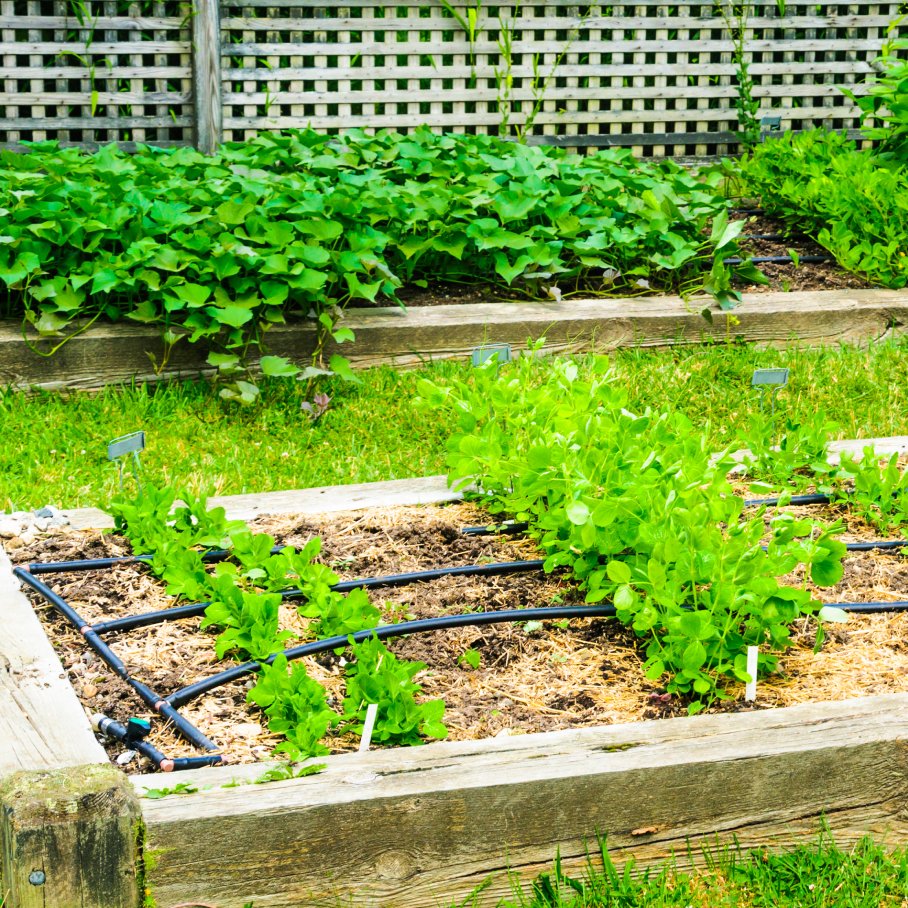 Use Drip Irrigation For Raised Beds To Grow More With Less
Use Drip Irrigation For Raised Beds To Grow More With LessInstall a drip irrigation system directly into your raised bed to keep plants lush while saving on water.
By Teo Spengler
-
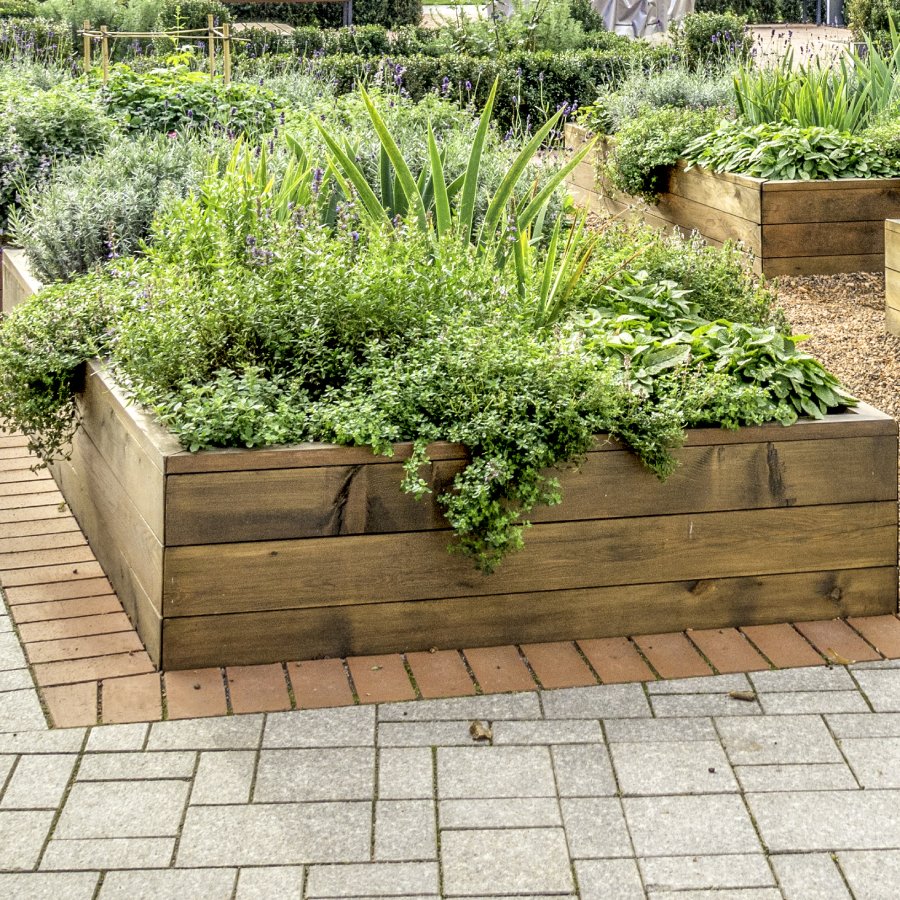 The Best Wood For Raised Garden Beds: Selecting The Right One For Your Gardening Project
The Best Wood For Raised Garden Beds: Selecting The Right One For Your Gardening ProjectThe best wood for raised garden beds varies in terms of durability and availability, but most importantly, it needs to be untreated. Learn about the best ones to use.
By Mary Ellen Ellis
-
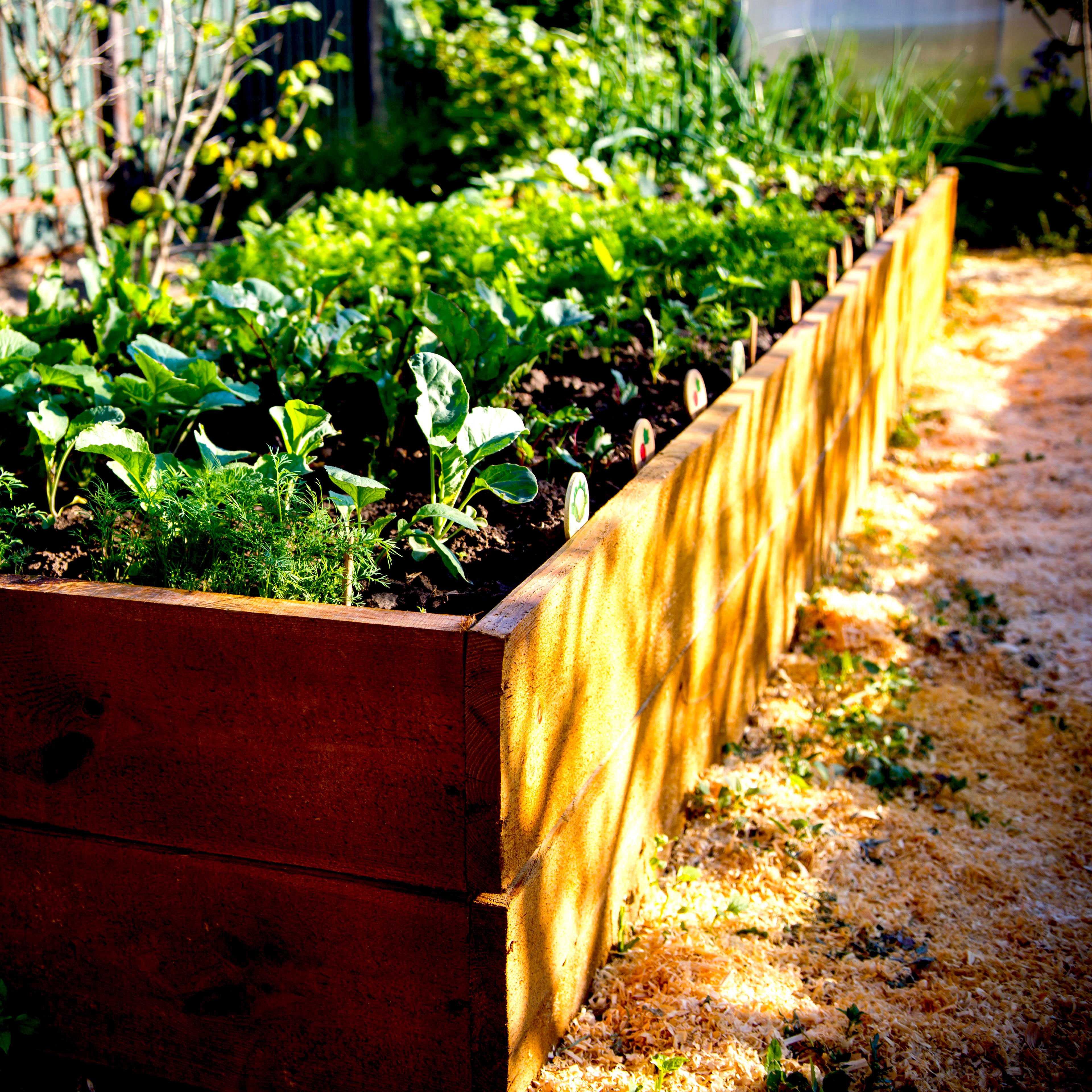 Cedar Raised Garden Bed Benefits: Which Cedar To Use And Where To Start
Cedar Raised Garden Bed Benefits: Which Cedar To Use And Where To StartIf you’re thinking of making a raised bed, wood is a popular choice – and cedar has striking visual appeal. Here’s why a cedar raised garden bed could work for you
By Amy Grant